While there is a lack of research, evidence suggests that people with diverse SOGIESC experience multiple forms of marginalisation during disasters. This paper looks specifically at the case of natuwas, people assigned male at birth but are feminine-presenting, following the 2008 Nepali floods. Natuwas typically migrate from Sunsari district to Bihar for work during the wedding season. Following the 2008 flood in Sunsari, 70,000 people were displaced, including natuwas. Many natuwas were relocated to areas far from the Bihar border, which made it prohibitively dangerous to travel to Bihar for work. This meant that many natuwas were unable to earn income they and their families and communities relied upon. They also experienced increase discrimination and increased safety concerns and, as there was no formal support network in place, natuwas and other diverse SOGIESC identifying people were afraid to organise.
The biases of relief works also compounded the discrimination experienced by natuwas. Some natuwas reported that their families received less food from relief workers as ‘punishment’ for having a natuwa member in the family. The article offers suggestions on how Nepal, and other disaster-prone countries, can better incorporate the rights and considerations for the diverse SOGIESC community in disaster planning and response.





